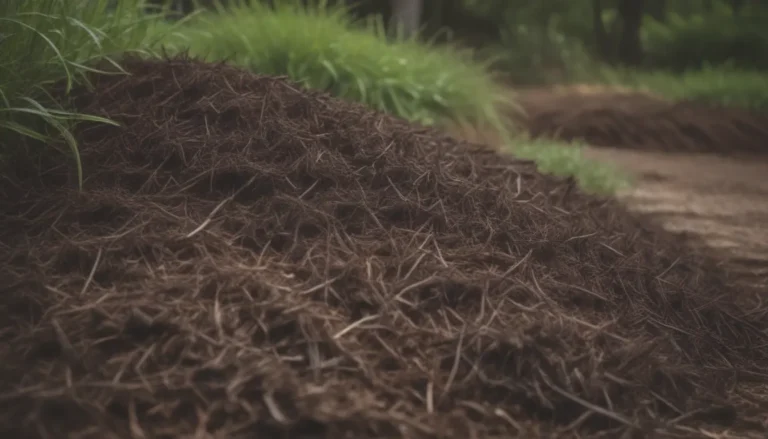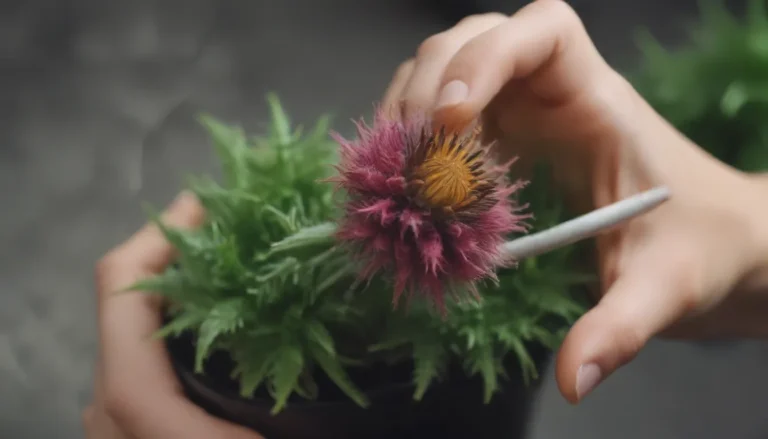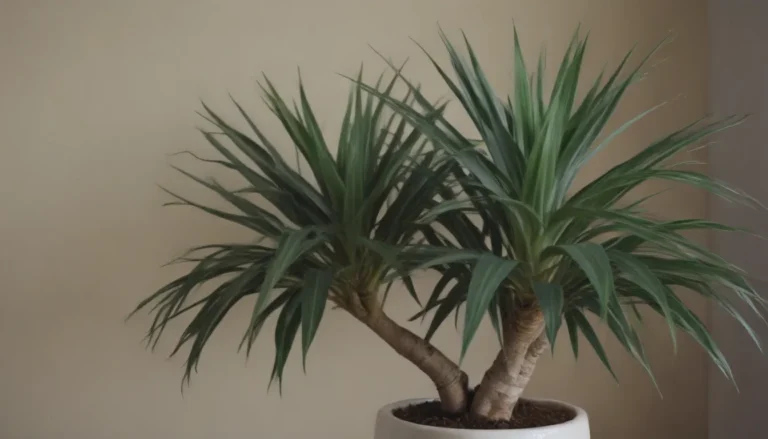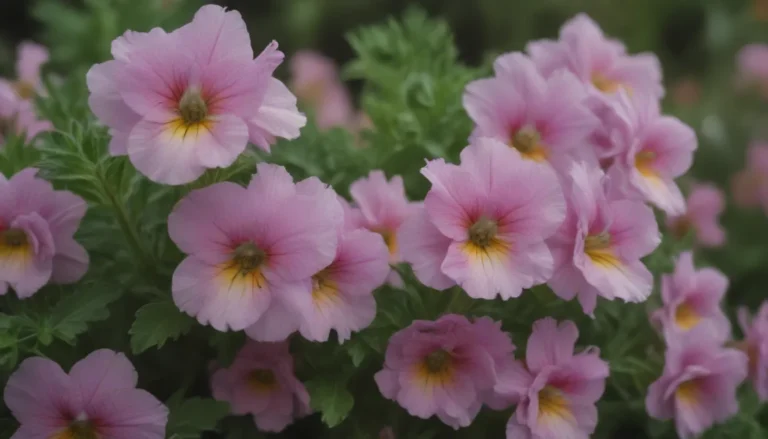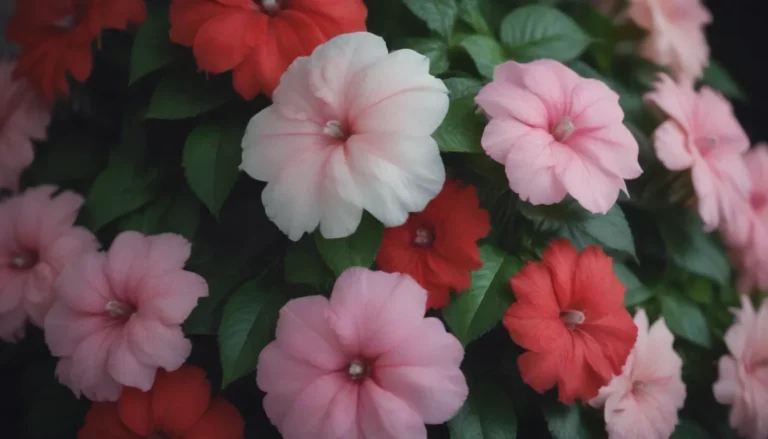Ultimate Guide to Growing and Caring for Lupine Flowers (Bluebonnet)

Are you looking to add some vibrant color to your garden? Look no further than the lupine flower, also known as bluebonnet. Despite its wildflower appearance, the lupine is a fast-growing legume in the pea family that boasts tall, showy spires of colorful blooms in shades of purple, blue, white, or yellow. These stunning flowers typically bloom for about 3 months, from spring through mid-summer. Whether you choose to grow annual or perennial lupine, these flowers are a beautiful addition to any garden.
In this comprehensive guide, we’ll walk you through everything you need to know to successfully grow and care for lupine flowers. From planting and watering to light requirements and common problems, we’ve got you covered. So grab your gardening gloves and let’s dive in!
Planting and Growing Lupine
Lupines thrive in northern climates with cooler summers and require full sunlight of at least 6 hours a day. Follow these steps to ensure your lupines grow strong and healthy:
Planting:
- Dig holes 1 to 1.5 feet deep for seedlings.
- Plant small lupine plants about 1 foot apart and larger plants 2 to 3 feet apart.
- Plant in cooler temperatures, either early spring or fall.
- Add mulch, but avoid fertilizer.
Light:
- Lupines prefer full sun but can tolerate some partial shade.
- Ensure they receive at least 6 hours of direct sunlight daily.
Soil:
- Plant in organically rich soil with sharp drainage.
- Lupines prefer a neutral to slightly acidic soil pH.
Water:
- Water regularly, at least weekly, to prevent soil from drying out.
Temperature and Humidity:
- Lupines thrive in climates with cooler summers.
- They do not do well in hot, humid climates.
Fertilizer:
- Lupines generally do not require fertilizer, as they fix nitrogen in the soil.
Types of Lupine
There are several varieties of lupine available, each with its unique appearance. Some popular types include:
- Russell mixed colors
- Gallery series
- ‘Dwarf Lulu’
- ‘Minarette’
These hybrid crosses are bred to maximize flower color and vigor, making them a beautiful addition to any garden.
Propagating Lupines
Lupines can easily propagate from seed, making them a versatile and adaptable flower. Follow these steps to propagate your favorite lupines:
- Take basal cuttings from established plants in the spring and replant them to create new stock.
How to Grow Lupine From Seed
Growing lupines from seed is a rewarding experience that allows you to witness the entire lifecycle of these beautiful flowers. Follow these steps to grow lupines from seed:
- Start seeds in early to late spring or late fall.
- Perennial lupine flowers typically take 2 years to bloom.
Potting and Repotting Lupine
Lupine can also thrive in container gardens, adding a pop of color to your patio or balcony. Follow these tips for planting and repotting lupine in containers:
- Use a large, deep, and heavy container with well-draining soil.
- Space lupine plants at least a foot apart.
- Ensure the container receives full sun.
Overwintering
During the winter, lupines die back completely to the ground and go dormant. Follow these steps to ensure your lupines survive the winter:
- Cut stalks down to the ground and mulch to protect the below-ground plant.
Common Pests & Plant Diseases
Like all plants, lupines are susceptible to pests and diseases. Here are some common issues to watch out for:
- Aphids: Control with horticultural oils or pesticides.
- Brown Spot Fungus: Remove affected plants and ensure good air circulation.
- Powdery Mildew: Cut away affected foliage or use chemical treatments.
How to Get Lupine to Bloom
Lupines bloom from late spring into July, adding a burst of color to your garden. Follow these tips to encourage more blooms:
- Ensure they receive enough sunlight.
- Cut back after the first flower to encourage summer blooms.
Common Problems With Lupine
If you encounter issues with your lupine plants, here are some common problems and solutions:
- Not Blooming: Ensure they receive enough sunlight and water.
- Brown Leaf Tips: Watch out for lupine anthracnose and treat with fungicide.
With proper care and attention, your lupine flowers will thrive and reward you with their vibrant blooms year after year. Whether you’re a seasoned gardener or a beginner, growing lupines is a rewarding and enjoyable experience.
Remember, these beautiful flowers are not only a joy to look at but also beneficial to pollinators like bees and butterflies. So, next time you’re planning your garden, consider adding some lupines for a pop of color and a touch of nature’s beauty.
In conclusion, growing and caring for lupine flowers is a delightful experience that will bring color and life to your garden. From planting to propagation, these versatile flowers offer endless possibilities for creativity and beauty in your outdoor space. So grab your gardening tools and get ready to watch your lupines bloom and thrive!
